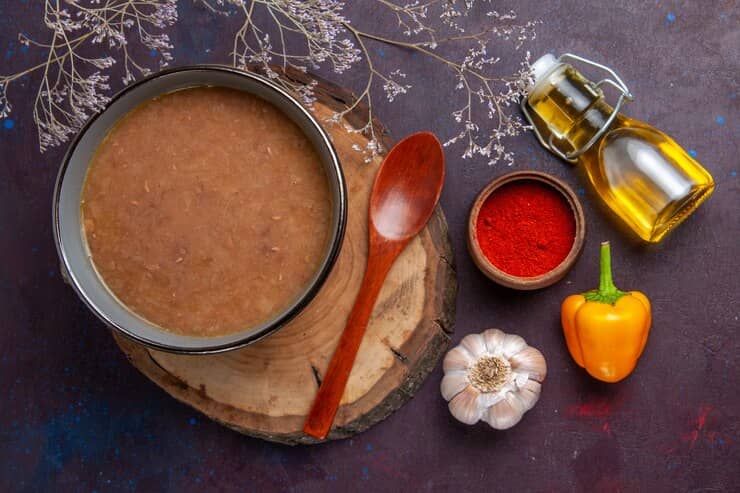Your homemade brown gravy is now ready to serve! Enjoy it over mashed potatoes, roasted meats, or any dish of your choice.
FAQs
1. How is gravy made from scratch?
Gravy made from scratch typically involves creating a roux, which is a mixture of fat (usually butter) and flour cooked together to form a thickening agent. Once the roux is prepared, broth or stock is slowly added while stirring constantly to prevent lumps from forming. The mixture is then simmered until it reaches the desired consistency, seasoned with salt, pepper, and other flavorings as desired.
2. What makes brown gravy better?
Several factors can enhance the flavor and richness of brown gravy. Using high-quality broth or stock as a base can significantly improve the taste. Additionally, incorporating aromatic ingredients like onions, garlic, or herbs can add depth and complexity to the gravy. Some recipes also suggest adding a splash of soy sauce or Worcestershire sauce for extra umami flavor. Cooking the gravy until it reaches a deep brown color can further intensify its flavor profile.
3. How do I make my gravy more brown?
To make your gravy more brown, you can cook the roux to a darker shade before adding the broth. This involves letting the butter and flour mixture cook for a longer time until it turns a deep golden brown color, being careful not to burn it. You can also add ingredients like caramelized onions, tomato paste, or soy sauce, which can contribute to a darker hue and richer flavor in the gravy.
4. What does brown gravy come from?
Brown gravy, also known as beef gravy or meat gravy, has its origins in traditional European cuisine, where it was commonly served with roasted meats such as beef, pork, or poultry. The rich flavor of brown gravy comes from the caramelization of the roux, which adds depth and complexity to the sauce. Over time, brown gravy has become a staple in many culinary traditions around the world, often adapted to suit local tastes and ingredients.

